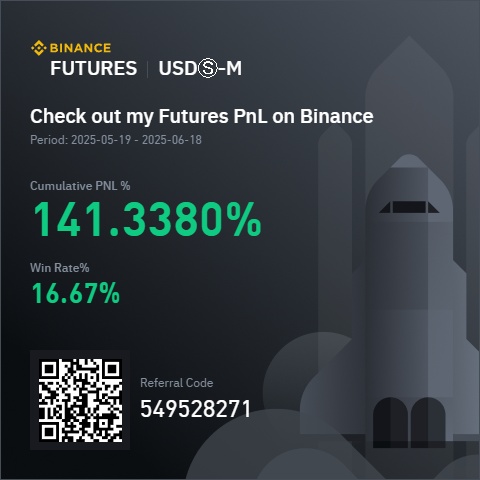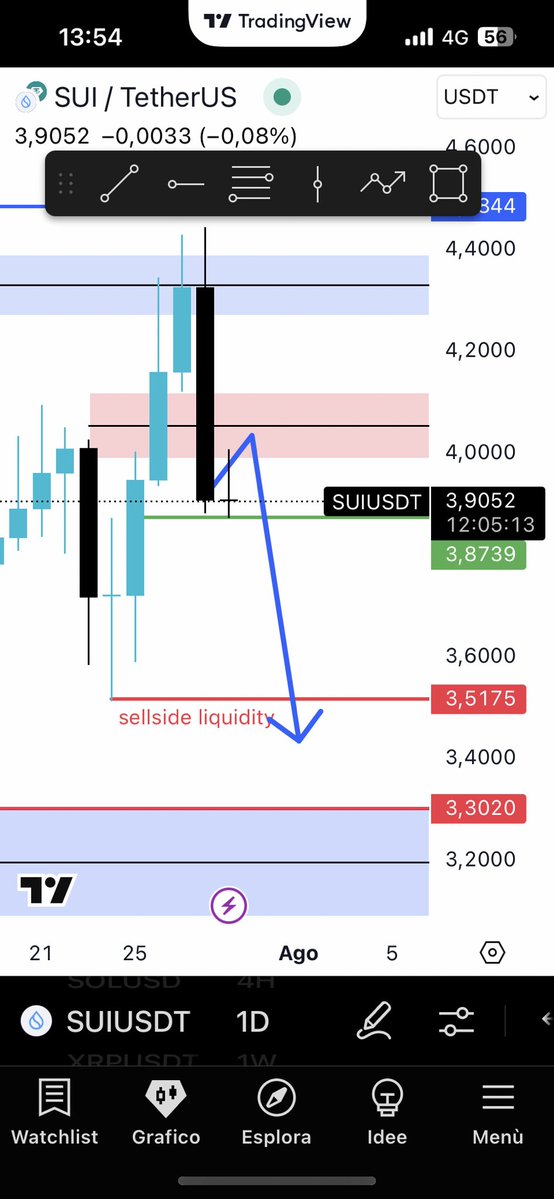The Crucial Role of Risk Management in Cryptocurrency Trading
Imagine waking up one morning to find that your cryptocurrency investments have plummeted by 50%. For many, this is a nightmare scenario, but for those who understand the importance of risk management, it’s a manageable setback. In the dynamic world of cryptocurrency trading, where prices can soar and crash within hours, risk management is not just advisable; it’s essential.
The Foundation of Successful Trading
Understanding Risk Management
Risk management in cryptocurrency trading is akin to having a safety net while performing a high-wire act. It’s about ensuring that even if you fall, you won’t plummet to the ground. Effective risk management involves several key practices:
– Setting Stop-Loss Orders: These are automatic sell orders that trigger when the price of a cryptocurrency reaches a certain level. They help limit potential losses.
– Diversifying Your Portfolio: Spread your investments across different cryptocurrencies and asset classes to reduce the impact of any single asset’s poor performance.
– Risking Only What You Can Afford to Lose: Never invest money that you need for living expenses or other critical needs. This ensures that even if you lose, it won’t devastate your financial situation.
The Win Rate Myth
Many traders focus on achieving a high win rate—the percentage of trades that are profitable. While a high win rate is desirable, it’s not the only factor that determines success. A trader with a 60% win rate but who loses twice as much on losing trades as they gain on winning ones will eventually go broke. Risk management ensures that even if you lose, you lose small, and when you win, you win big.
Current Market Trends and Risk Management
The Volatile Nature of Cryptocurrency
The cryptocurrency market is infamous for its volatility. Prices can swing wildly in a single day, making it a high-risk, high-reward environment. This volatility underscores the need for robust risk management strategies. Traders must be prepared for sudden market shifts and have plans in place to mitigate potential losses.
Hedging and Diversification
One effective risk management strategy is hedging. If you hold spot cryptocurrencies, hedging can protect you from sudden price drops. Diversification is another key strategy. Spreading your investments across different cryptocurrencies and asset classes can reduce the impact of a poor-performing asset on your overall portfolio. For example, if you hold 50% of your spot holdings in Bitcoin, consider diversifying into other altcoins or even traditional assets.
Advanced Tools and Techniques
AI-Powered Forecasting
Advanced forecasting and analysis services, such as those provided by Allora Network, use AI-powered models to predict market trends[1]. These tools can help traders make more informed decisions, but they should not replace solid risk management practices. Instead, they should complement them, providing additional data to support your trading strategy.
Community and Knowledge Sharing
Platforms like Irys & Kaito PUSH encourage community involvement and knowledge sharing[3]. Engaging with these communities can provide valuable insights and different perspectives on market trends and risk management strategies. The more informed you are, the better equipped you’ll be to manage risks effectively.
The Importance of Staying Informed
Market Analysis and Federal Reserve Dynamics
Keeping an eye on broader economic indicators, such as Federal Reserve dynamics and ETF fund flows, can provide context for market movements[5]. For instance, the Federal Reserve’s decision to maintain the benchmark interest rate can influence investor sentiment and market volatility. Staying informed about these macroeconomic factors can help you anticipate market trends and adjust your risk management strategies accordingly.
Dogecoin and Altcoin Analysis
Specific cryptocurrencies, like Dogecoin, can experience significant price movements based on market sentiment and technical analysis[4]. Understanding the technical patterns and market sentiment surrounding these altcoins can help you make more informed trading decisions and manage risks more effectively.
Conclusion: The Path to Sustainable Trading
In the world of cryptocurrency trading, risk management is not just a good practice; it’s a necessity. It’s the foundation upon which sustainable trading strategies are built. By understanding the principles of risk management, staying informed about market trends, and leveraging advanced tools and community insights, you can navigate the volatile cryptocurrency market with confidence.
Remember, the goal is not to eliminate risk but to manage it effectively. Every trade is a gamble, but with the right risk management strategies, you can tilt the odds in your favor. So, prioritize risk management above all else, and you’ll be well on your way to becoming a successful and sustainable trader.
—
Sources:











